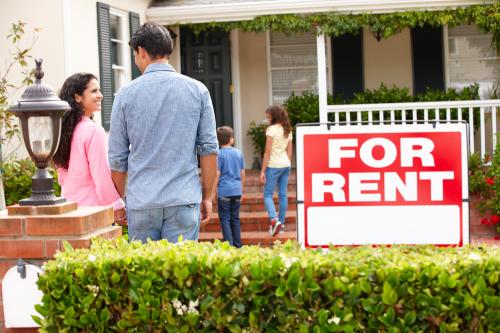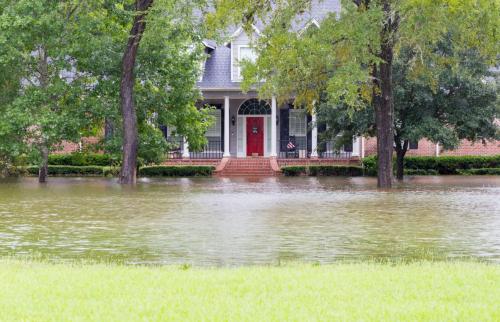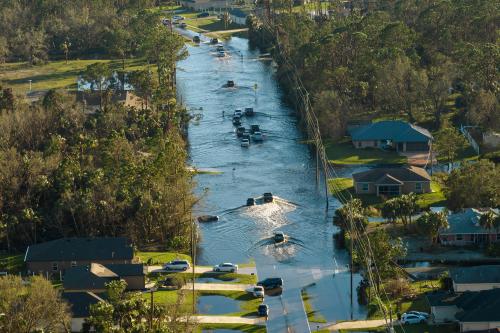The conversion of brown (less environmentally friendly) office buildings to green apartments can contribute towards a solution to three pressing issues: oversupply of office space in a hybrid-and-remote-work world, shortage of housing, and excessive greenhouse gas emissions. Arpit Gupta, Candy Martinez, and Stijn Van Nieuwerburgh propose a set of criteria to identify commercial office properties that are physically suitable for conversion, yielding about 9% of all office buildings across the U.S. They present a pro-forma real estate model that identifies parameters under which these conversions are financially viable. The financial calculator can identify whether a conversion project is viable under certain conditions. Default values for characteristics of properties in a set of target cities are included. In addition, users can input characteristics of office buildings and post-conversion apartment buildings. When the calculator shows a positive net present value, that means that the internal rate of return of the project is higher than the required rate of return and the conversion is financially feasible without subsidies. A negative net present value means the conversion is only feasible with a subsidy; the size of the required subsidy is the absolute value of the negative net present value. The calculator is further explained in Appendix 2. The proposal highlights the role that the Inflation Reduction Act could play in financing those subsidies. It also highlights several other policy levers available to federal, state, and local governments that could accelerate conversions, particularly should policymakers desire the creation of green and affordable housing. One lever also incorporated into the financial calculator is the “Green conversion cost” parameter (on page 2 of Apartment Specs), which reflects the role of government funds put toward green retrofits. If funds are available to subsidize conversions, the calculator can be used by developers or local officials to determine how much of a subsidy to apply for and by policymakers to verify that the conversion does indeed require a subsidy to pencil out. Policymakers can also assess the financial cost to investors from requiring a greater share of affordable housing in the conversion. Using the calculator avoids the twin problems of too little subsidies (which mean projects never get off the ground) and over-subsidizing projects that already make financial sense.
The model uses the observed 10-year Treasury rate and its implied future path from the yield curve as of March 29, 2023.
Beta calculator. Email feedback to [email protected].
-
Acknowledgements and disclosures
The Brookings Institution is financed through the support of a diverse array of foundations, corporations, governments, individuals, as well as an endowment. A list of donors can be found in our annual reports published online here. The findings, interpretations, and conclusions in this report are solely those of its author(s) and are not influenced by any donation.
The Brookings Institution is committed to quality, independence, and impact.
We are supported by a diverse array of funders. In line with our values and policies, each Brookings publication represents the sole views of its author(s).







Commentary
Converting brown offices to green apartments
November 3, 2023